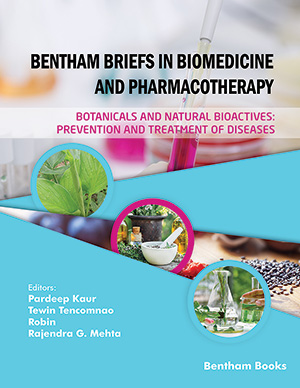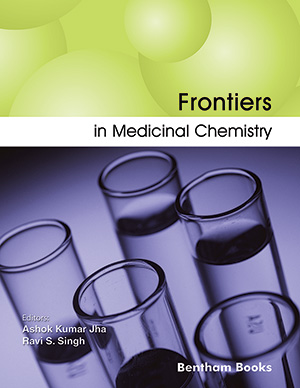Abstract
Background: The preparations of commercially available Clinacanthus nutans (Burm.F) Lindau (Acanthaceae) (CN) leaf are gaining attention as an alternative cancer treatment, particularly in South East Asia. Multiple studies have suggested that CN has potential anticancer activities; however, the mechanism of these activities has remained elusive.
Objective: This study evaluated the cytotoxic mechanisms of CN extracts in cancer cells.
Methods: CN extracts were prepared from either fresh or dried leaves, using different solvents. Cytotoxicity of CN extracts was tested on the A549 (lung cancer), HeLa (cervical cancer), MCF-7 (breast cancer) and MDA-MB-231 (breast cancer) cell lines using the MTT assay. Flow cytometry was used to assess changes in the cell cycle profile, while Western blotting was used to examine microtubule stability. Finally, the mode of cell death was investigated using the Annexin V-FITC Apoptosis Detection Kit.
Results: Aqueous Fresh (AQF) extract was prepared to simulate the ethnomedicinal use of CN, and reduce cell viability of MCF-7 cells with IC50 = 1.71 mg/mL. Some CN extracts have the ability to inhibit the proliferation of four different cancer cell lines after a 24 hour treatment. Annexin V assay results showed that acetone extracts of CN induced increments in the percentage of apoptotic cell death. However, flow cytometry results showed that the cancer cell cycle profile was not affected. Similarly, immunoblotting results also indicate that microtubule dynamics in MCF-7 cells were not altered. However, the aqueous extract, prepared to simulate the current ethnomedicinal use of CN leaves in cancer treatment, did not significantly inhibit cancer cell proliferation with an IC50 = 1.71 mg/mL.
Conclusion: This study was the first to show that microtubules in cancer cells remain dynamic after treatment with CN extracts, effectively ruling interference of microtubule dynamics as the mode of cell death. AMD extract showed the highest effects of MCF-7 cell proliferation.
Keywords: Sabah snake grass, antitumorigenic, microtubule, apoptosis, cell death, annexin.






























